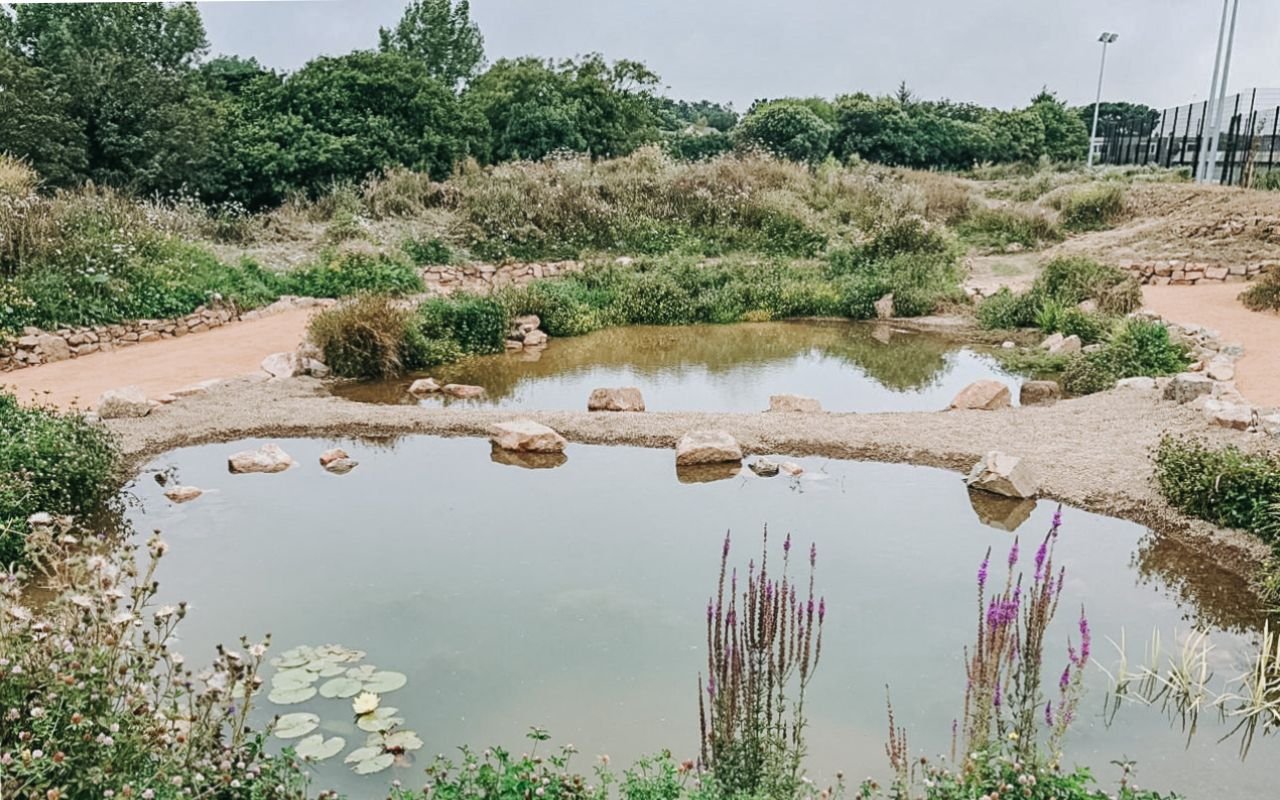Proposed demolition of a private house within the Coastal National Park
Project Area
Ecology
Specialisms
Protected Species
Year
2017
Our client wanted to demolish their existing bungalow, located in Coastal National Park, and create a larger home in a new footprint.
Green lizards were observed on site during the Initial Ecological Assessment. By assessing the habitats present on site and reviewing biodiversity records, it was also concluded that small mammals, birds and amphibians were also likely to be present on site in low numbers. All the above species groups are protected under the Conservation of Wildlife (Jersey) Law 2000.
The site was located in Coastal National Park, which receives the highest level of protection against development via the Island Plan – only developments that demonstrate considerable environmental gains are permissible.
We had to make sure that, despite the small scale of the development, sufficient ecological enhancements could be included in order to meet the environmental requirements for developing in such a location. Due to the small scale of the scheme and limited footprint we felt that further ecological surveys could be avoided if detailed measures as to how any wildlife present could be protected in the short term, and the area enhanced for wildlife in the long term were offered and implemented.
Our Initial Ecological Assessment report included a Species Protection Plan (SPP) which detailed how the proposed development could go ahead without harming or destroying protected wildlife likely present. Our report and SPP was authorised and passed by the Department of the Environment without any problem. No further ecological surveys were required in this instance due to the robust wildlife protection measures and enhancements put forward.
Short-term mitigation
To reduce / remove the identified negative impacts to protected wildlife, mitigation measures included limiting vegetation clearance to a suitable time of year, following an Ecological Method Statement. Suitable site access routes were established and the size of plant used on site limited to minimise disturbance. Maximum Working Areas were implemented, within which all materials and plant were stored to avoid sensitive habitats / areas where protected animals were likely to reside.
Long-term enhancements
These included the creation of 6 small wildlife hibernacula outside of the working area to provide alternative habitat for protected species. A habitat management plan was created to eradicate invasive plants and create valuable rough grassland habitats. Tree, hedge and shrub planting was incorporated into the scheme as well as a small wildlife pond. Simple enhancements for bats and birds, which included bird boxes and a simple fascia board design, were also included within the scheme. These measures all provide long-term features which protected wildlife known to the area can utilise, and demonstrated the environmental gains required by Planning in order to pass this scheme.
The approved scheme met the needs of the client, whilst preserving the natural character of the site for wildlife and offering enhanced opportunities for wildlife. Costs were minimised by eliminating the need for further surveys for protected species.
_____
Our client Harry Bonn, Mudros, St.Brelade said ‘Nurture Ecology were key for us in recommending many environmental enhancement measures that both helped our application pass and also should result in a real boost to the wildlife in our site. We found the whole team passionate about their work and always eager to listen and incorporate our plans. I would definitely recommend Nurture Ecology for anyone looking for a similar service.’
Highlight Projects














